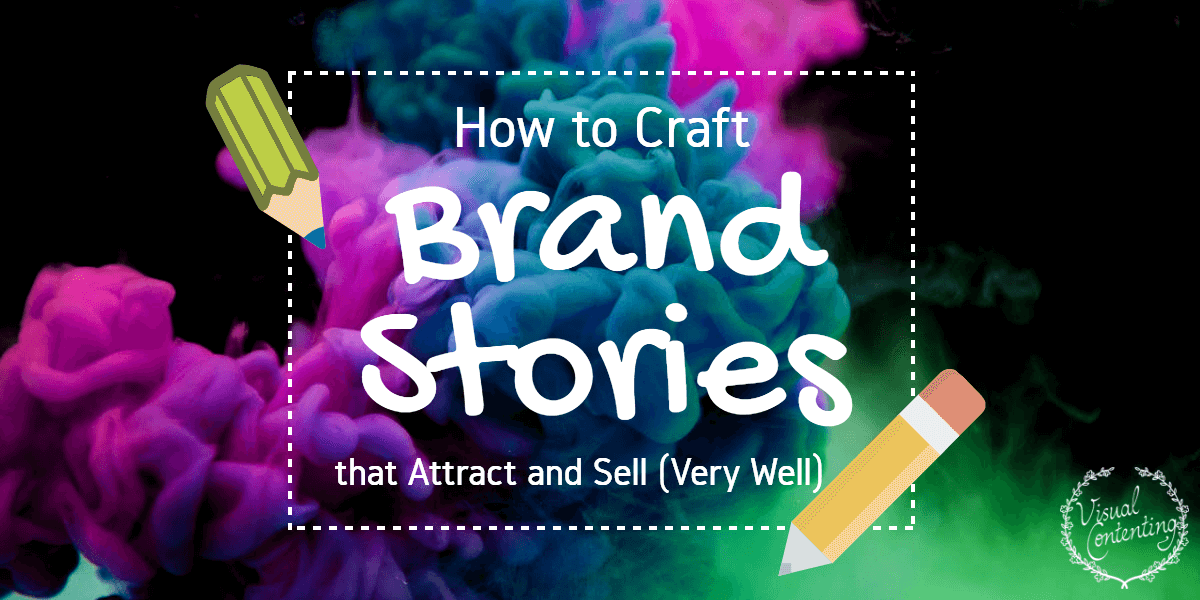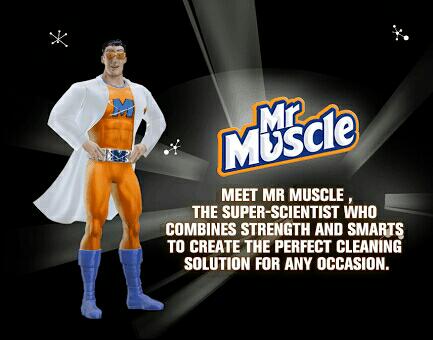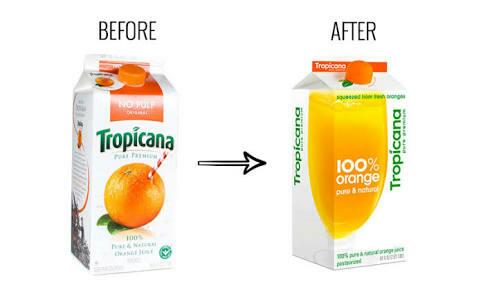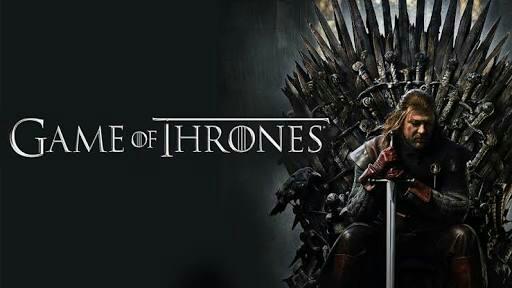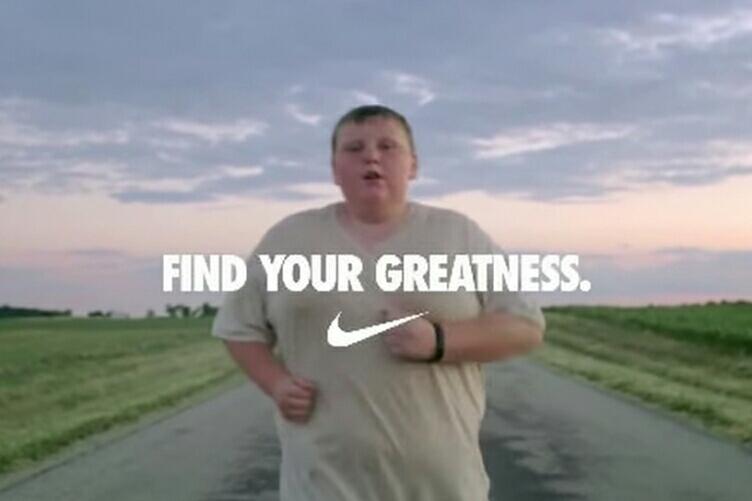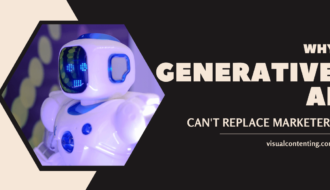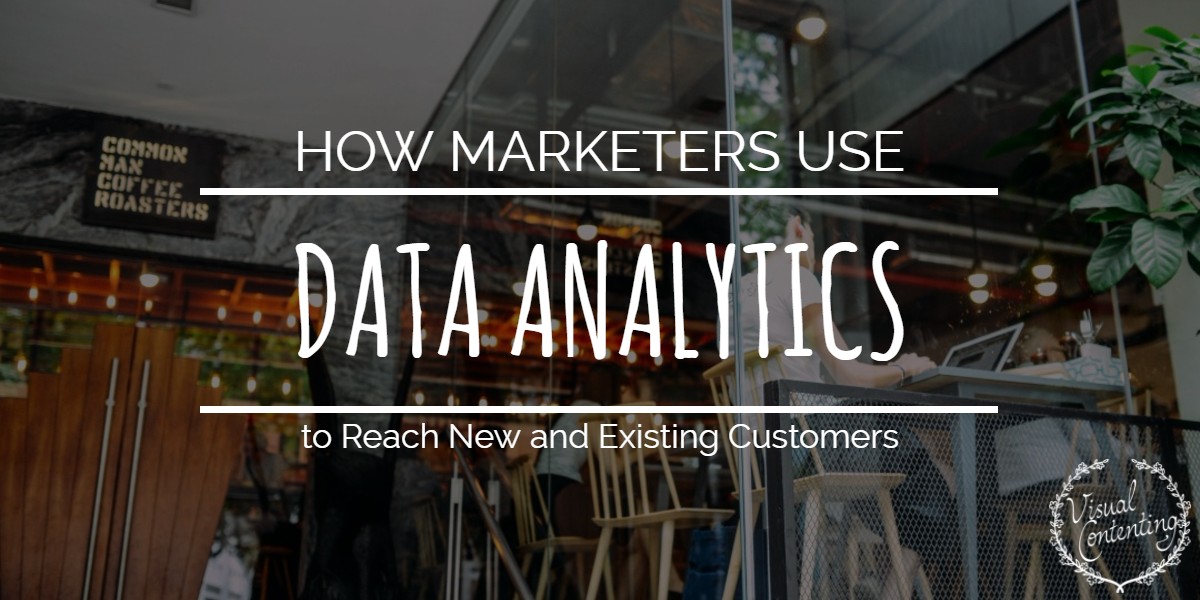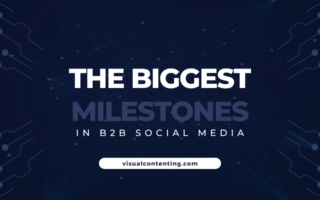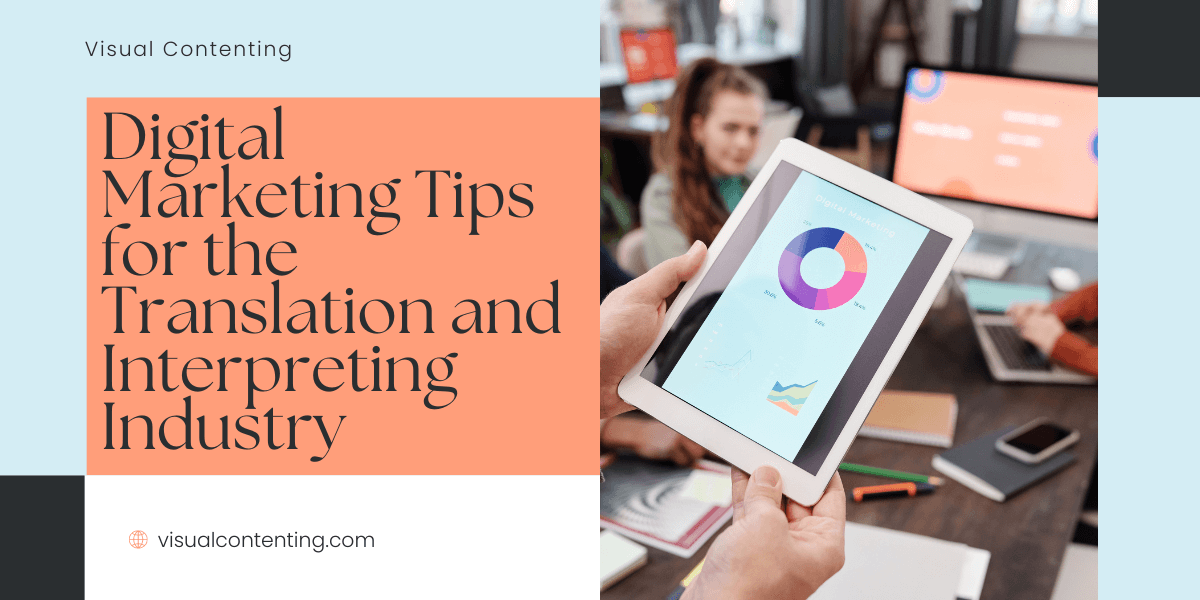The world of marketing is always evolving so fast most marketers fail to catch up.
With trends coming and going, it can be confusing to know which to follow and which to ignore. With the cyber revolution, marketing as we know it just won’t cut it anymore.
Marketing - Invasive vs Permissive?
The traditional invasive methods of marketing have long lost their spellbinding effect on people. TV and YouTube ads just get skipped while billboards get ignored.
No one likes being invaded and consumers are now fighting back.
Invasive marketing is slowly dying an expensive death, what with the ROI on traditional ads plummeting (even though truly measuring the ROI on traditional advertising is next to impossible).
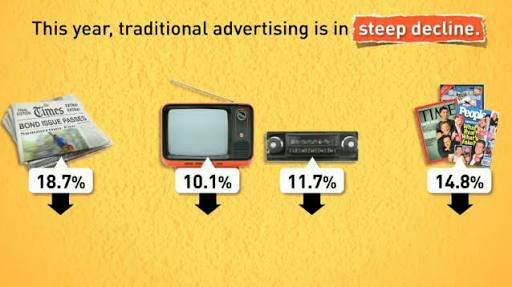
We are in a new era where marketing needs to be permissive. With consumers in control of what they ingest in the form of media, marketers need to push the right buttons to get permission to enter their prospect’s already crowded world.
This is where attraction marketing comes in.
Attraction marketing is a form of marketing whereby you attract your prospects with something of lesser value (to you but greatly valuable to them) so they buy something of greater value (to both of you).
Attraction marketing is about dangling a carrot in front of prospects and leading them into your sales funnel – usually content marketing.
One of the best (and cheapest) ways to pull this off is through storytelling. No, I don’t mean “once upon a time” stories (even though done right they too can do the job).
I mean telling the story of your brand and how it can change your ideal prospect’s life. Forever.
3 Compelling Reasons to Use Storytelling
Let me give you 3 good reasons you should employ storytelling in your marketing plan. And especially telling the story of your brand in a way that will convert prospects into customers.
#1. People Are Moved by Good Stories
From time immemorial, storytelling has been an integral part of life. Lessons and values have been passed on from generation to generation through this powerful medium.
In fact, stories influence human behavior. This is why buying decisions are influenced by product-related stories (reviews), whether good or bad.
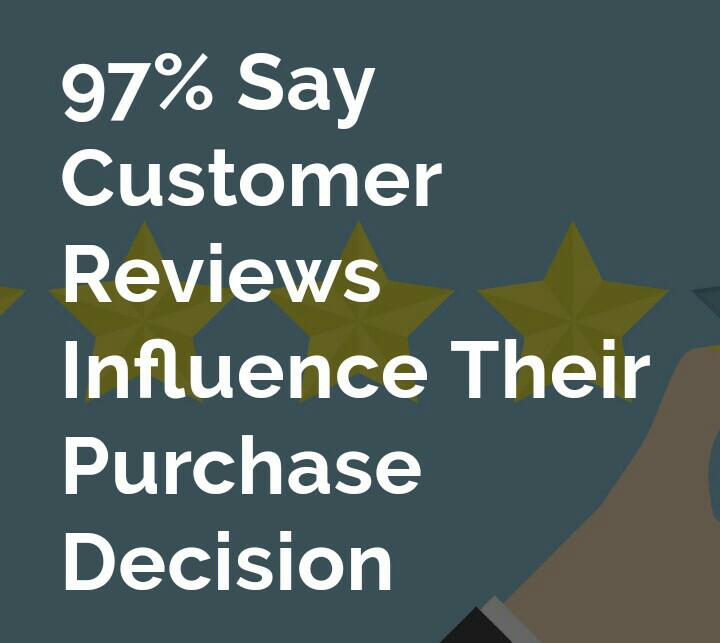
Want to influence your prospects down your funnel? Tell them a good story.
#2. People Remember Stories Better than Any Other Marketing Technique
Human beings are visual creatures. Our brains are more alive when the stimulus is visual.
A research by the Stanford School of Business discovered that “people pay greater attention and have stronger emotional reactions to vivid rather than pallid information”.
This is why the best way to embed your brand in the minds of your target audience is through a story that is so vivid it will drive their decisions.
A good brand story will become so etched in their brains you won't need to do much persuading to get a sale.
#3. Stories Make Your Business More Human
People like dealing with other people. They don’t want to deal with an organization. Why? Human beings crave empathy. They want to be understood.
A well told and targeted story satisfies that craving. It triggers familiar emotions and the prospect thinks, “This person understands me.”
Once you trigger those emotions, you would have won yourself a convert.
This is why creating or telling a brand story is important. It shows the human side of your business. It makes you more approachable and relatable. Prospects feel comfortable enough with you to part with their email address, phone number or hard earned money.
It makes your brand human.
4 Powerful Ways to Craft Irresistible Stories
I am assuming you have done your homework and you have the answers to the following questions:
- Why was this business formed? (The problem you solve. This is your protagonist/villain).
- What do we stand for as a brand? (Your values/noble cause).
- Who is our perfect customer? (The audience determines the type of story you will tell, after all, the story is not actually about you but your prospect).
- Where are we going as a brand (This is your quest. To achieve it you need to inspire your customers to help you get there. Again, the quest is not about your product. The quest is about solving your customer’s problem).
Now that you understand yourself and your audience, let me give you 4 tips to help you craft your story.
#1. Create a Hero for Your Brand Story
From ages past, no story moves people as much as an epic battle between good and evil. These stories elicit strong emotions because they reflect on a grand scale what we go through every day. Let’s be honest here. We all live life as the hero of our story and each day is a battle for one cause or another.
Talking about heroes, have you ever noticed that they are never born? Yes, heroes are not born, they are made. They usually start off as ordinary people like you and me, nothing really special.
Another thing about hero stories is the epic battle at the end. Ever noticed that it makes up a minuscule part of the story lengthwise? The story is not about the battle. It’s about the journey our hero takes to become the hero.
There’s your brand story right there.
Confused? Then you need an example and I’m happy to oblige.
SC Johnson’s Mr. Muscle has a very relatable story. A nerd who struggles with dirt and grime and is sadly on the losing side. As the underdog, we automatically empathize with him.
We are instantly hooked.
Phase two is the transformation (journey) of the nerd into the grime-busting, grease dissolving hero of the story. Isn’t that what we all want? Don’t we all have a desire to be transformed into a better version of ourselves?
When a brand story reminds us of ourselves it has done its job.
What journey are you on as a brand? Leverage that. What evil do you fight on behalf of your customers? What journey will your product take your customers on? That’s your hero story.
Sam Ovens is a great example. He’s a millionaire consultant (in both senses) whose target audience is people who want to escape the rat race for the good life. His brand story is centered around his rags to riches story and how he can help others do the same. And it has helped him attract and convert.
You have a hero story waiting to be told, go ahead and tell it.
Recommended: How to Build Your Brand from the Outside In
Tip #2. Create a Moving Story Through Social Responsibility
When it comes to disposable diapers, Huggies always smells Pampers' behind when it comes to sales. Tired of being the stinky loser, Huggies Canada launched a campaign in 2015 to try and change things. The campaign was tagged “No Baby Unhugged”.
“The campaign goal was to increase sales of newborn diapers by 10 per cent. In its first year, Huggies sales overall, on a dollar basis, rose 19.2 per cent – a vast improvement compared to the same period one year before when sales were flat. (The category as a whole grows about 1 percent a year.) Newborn diaper sales growth was double the growth for other Huggies diapers. And the company tripled the number of mothers listed in its customer database.” theglobeandmail.com
Now, those are results to drool over!

What was so special about the campaign?
It combined powerful storytelling, scientific data, and social responsibility into a potent marketing potion.
The main thrust of the campaign was to provide hugs to babies whose parents weren’t able or available to do so. Hugs, according to science, are a basic human need. The campaign story was so poignant … well, the results speak for themselves.
What emotionally charged cause can you partner with?
Tip #3. Take a Contemporary News Story and Throw it Into Your Brand Story
No one likes bad news.
But marketers should.
Wait! Don’t stone me yet. Let me explain.
The purpose of every business is to solve a problem. Businesses exist to tackle the pain points we can’t handle on our own. The fact that there is bad news means there is a problem to be solved.
And where there is a problem there is business.
Let me show you what I mean.
Yahoo got hacked in 2013 (shame on you for only revealing it 3 years later). That’s bad news for everyone who does anything on the internet. But for a clever marketing team working in cyber security, that’s a good brand story.
Ask Mozy.
“In November and December of 2013, hackers breached Target’s stored customer data and accessed about 40 million customers’ credit card information... Mozy built a marketing campaign around these notorious breaches. “When you sell an intangible like security, you have to help customers understand their vulnerability,” explains Stockdale. “Obviously, we’re not glad the breaches happened, but they do provide the opportunity to educate our customers.” Forbes.
Some might see this as capitalizing on people’s fears and pains but that’s not true. It’s like accusing a funeral parlor of capitalizing on the grief of a bereaved family. The death of a loved one is terrible news but the family still needs a solution to their current problem.
Building a campaign around bad news is not being sadistic. It’s providing a bridge to cross the turbulent times.
Tip #4. Let Your Customers Tell Your Story
Your best marketing asset is not your CMO (my apologies to all CMO's out there, you are valuable), it’s a happy customer. When you solve a problem for your customer, the tale of what your life changing product did for them is the story that will bring you more leads. It’s your next blockbuster (and profit maker) story.
When a prospect is looking for a solution to a problem or for a product, it’s not the company tagline that seals the deal, it’s a satisfied customer’s story that does that. Give your customers a voice. Include them in your brand story and marketing campaigns.
There are two major benefits to letting your customers tell your brand story:
- Authenticity: When a satisfied customer tells others about the beauty of your product, it’s more authentic than you tooting your own horn.
- Referrals: Given a chance to tell their story by a brand, a happy customer won’t stop. Every opportunity they get they will tell the story and refer more clients to you.
It doesn’t get better than that.
5 Profitable Benefits of Storytelling
Now that you know how to cook up a tantalizing brand story, let me show you the benefits of telling it.
#1. Captures People’s Attention and Increases Brand Awareness
Traditional invasive marketing strategies like pop ups and billboards have lost their novelty and power. People are immune to them.
This is where storytelling comes to play. Every new story is a novelty. Written well, it will pique curiosity and attract prospects into your web.
Here’s a case study to prove this.
In 2014, the oral health industry was the most underperforming industry across the board. This was due to the lack of awareness concerning dental hygiene practices.
GlaxoSmithKline's Aquafresh brand was one of the worst performers in this niche.
To solve the problem, GlaxoSmithKline employed Captain Aquafresh. Not really, but they created a brand awareness story based on Captain Aquafresh, a caped super hero with tights that match the smiles he sells. The story-based campaign cost GSK £3M.
The results?
“After only 4 months into the campaign, a majority of European markets were enjoying double digit growth. These results have transformed the brand’s fortunes, and made Aquafresh an investible proposition within the GSK portfolio, matching ROI figures of some of their biggest and most profitable brands.” www.ana.net
What traditional marketing failed to do, a story did in a short space of time. The £3M brand awareness campaign paid off as handsomely as Captain Aquafresh's god-like face.
Talk about massive brand awareness (and profits)!
Perhaps your brand is floundering in the abyss of the unknown and all marketing strategies aren’t yielding fruit. Take a cue from GSK. Perhaps all you need is a story to grab people’s attention.
#2. Connects People Emotionally to Your Business
There is nothing more powerful in marketing than connecting with your prospect on an emotional level.
This is exactly what a brand story should achieve.
Though most people think they purchase based on data and logic, research shows that this notion is a fallacy. According to an article by Peter Noel Murray Ph.D in Psychology Today,
“fMRI neuro-imagery shows that when evaluating brands, consumers primarily use emotions (personal feelings and experiences) rather than information (brand attributes, features, and facts).”
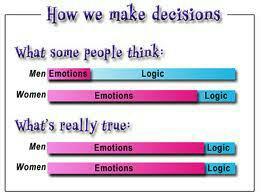
This is where your brand story comes in. Don’t create a story for the sake of having an interesting story. Craft a story that will stir your prospect’s emotions. Better still, create a story they will fall in love with.
Not only did Captain Aquafresh raise brand awareness for GSK, he made people fall in love with him and the product he promoted. His creators did a brilliant job of creating a dashingly handsome hero with a smile that makes women swoon and men buy his toothpaste so as to have a smile half as sexy as his.
“Now with 490,000 Facebook followers, Captain Aquafresh is more famous than Iron Man (the fictional character) on Facebook. Globally, there were over 10 million trailer views – a number that rivals most global movie launches.” www.ana.net
Captain Aquafresh loved more than Iron Man? No wonder GSK can smile all the way to the bank while Marvel turns green with envy.
The massive following Captain Aquafresh has is not just for bragging rights. It’s worth its weight in gold.
You may not have £3M to spend on a campaign like GSK, that doesn’t really matter. What you need is a story people will fall in love with.
#3. Customer Retention and Loyalty
A captivating story helps you to retain customers, even those who may want to jump ship for one reason or another.
The power of a good story is that it keeps people coming back for more.
“Just consider the fact that Americans alone consume over 100,000 digital words every single day but 92% say they want brands to tell stories amongst all those words. So don’t just throw one stat after another at consumers: Tell them a story!” forbes.com
As a marketer, the temptation to give prospects stats and features is so overwhelming most give in. These quickly get boring and valuable prospects leak out of your sales funnel.
The disadvantage of the information age is information overload. Raw information will drive prospects away.
People are not looking for information, they are looking for inspiration.
This is why before and after stories work so well in marketing a product.
It’s not the features of the product that keeps the customers loyal, it’s the brand story.
Coca Cola is a terrific example of this.
“No matter what they’d like us to believe, Coke’s success isn’t due to some magic in their fizzy syrup water (at least not since they took the actual cocaine out). Coke excels because they’ve been clobbering the opposition in the story wars for more than a century. People want to see themselves in the stories Coke tells. Coke understands that their customer is a member of the species ‘Homo fictus’, and that they will succeed or fail based largely on the power of their storytelling.” Fast Company.
Coca Cola’s marketing strategy is all about telling good stories that people can’t get enough of. Data is actually anathema to their marketing department.
People can never have enough of a good story and science can back it up. The same article from Fast Company continues to say,
“Stories powerfully hook and hold human attention because, at a brain level, whatever is happening in a story is happening to us and not just them.”
What does this mean for marketers?
Simple. Hook your prospect’s with a good story and retain them with a better one. Keep them coming back for more and you will have yourself a tribe of loyal customers.
Once you succeed in getting your story into their heads they will gladly allow your hands into their pockets *wink*.
#4. Converts Cold Leads into Loyal Customers
Need help finding your soul mate? Meet Chris Haddard. No, he’s not your soul mate. But he’s in the business of teaching women how to find their soul mate.
When Chris started out, his landing page was converting at 2%. Smart man that he is, he decided to change his tactics. He incorporated the story of how his wife used sales tactics to win him over and keep him for herself.
According to Sproutworth, the story increased his conversion rate to 8%. In other words, it quadrupled his results.
A good story attracts people to your brand. More than that, it increases conversions.
The reason stories convert better than data is simple. People connect easier to a story than to data.
Neil Patel puts it this way: “Storytelling is like a vitamin. When it gets into your readers, it permeates their whole being and fights every objection that might otherwise stop them from becoming loyal customers. In short, it’s an amazing secret weapon when it comes to your marketing strategy.”
Stories convert well because they break the barrier of resistance. People relate to stories, emotionally connect to stories and trust stories more than data. Hence when a call to action is preceded by a good story your prospect will “click” into your world.
#5. Cost Effective Way of Triggering Viral Word of Mouth Advertising
Word Of Mouth Marketing (WOMM) is the most trusted form of marketing. People trust what others recommend and one thing people recommend more than anything is a good story.
A typical example is the TV show Game of Thrones.
Its success is largely attributed to conversations about it on social media. Not that the story and production are not good, they are. But a good story and production don’t do much if people don’t love them enough to talk about them.
Evernote is another classic example.
“From the start, Libin modeled Evernote to be profitable at a 1% conversion rate. It helps that the service relies on word of mouth for customer acquisition….”
If you can’t get people to talk about you or your product, your business will end up being a byword.
How do you get people talking about your product?
Feed their basic human nature.
- Provide value
- Evoke emotions
If your brand story has these two ingredients in its recipe, it will certainly cook up a buzz.
Need a case study? I thought so.
Let’s look at Nike. Yes, they spend tons of money on advertising but their campaigns always do something their competitors fail to do.
They get people talking.
And that because of our two ingredients to viral brand stories. Let me show you.
Nike’s adverts are usually themed around power, speed, and success.
- They inspire. This adds value to customer’s lives.
- They excite. This triggers strong emotions in the customers.
The result is that people will share these campaigns with their friends.
The initial campaign sets of a WOMM campaign that produces tremendous results.
Is your brand story evocative enough to be shared?
What’s Your Story?
Everyone has a story to tell. What’s your brand story? Spin it into an engaging, epic marketing tool that will attract and convert loyal customers.
Craft a brand story that attracts, converts and sells.
Related Posts
Kato Nkhoma is a unicorn content writer who specialises in creating highly engaging content that will keep readers coming back for more.
If you’re looking for something special to beef up your content marketing, this unicorn is it.
